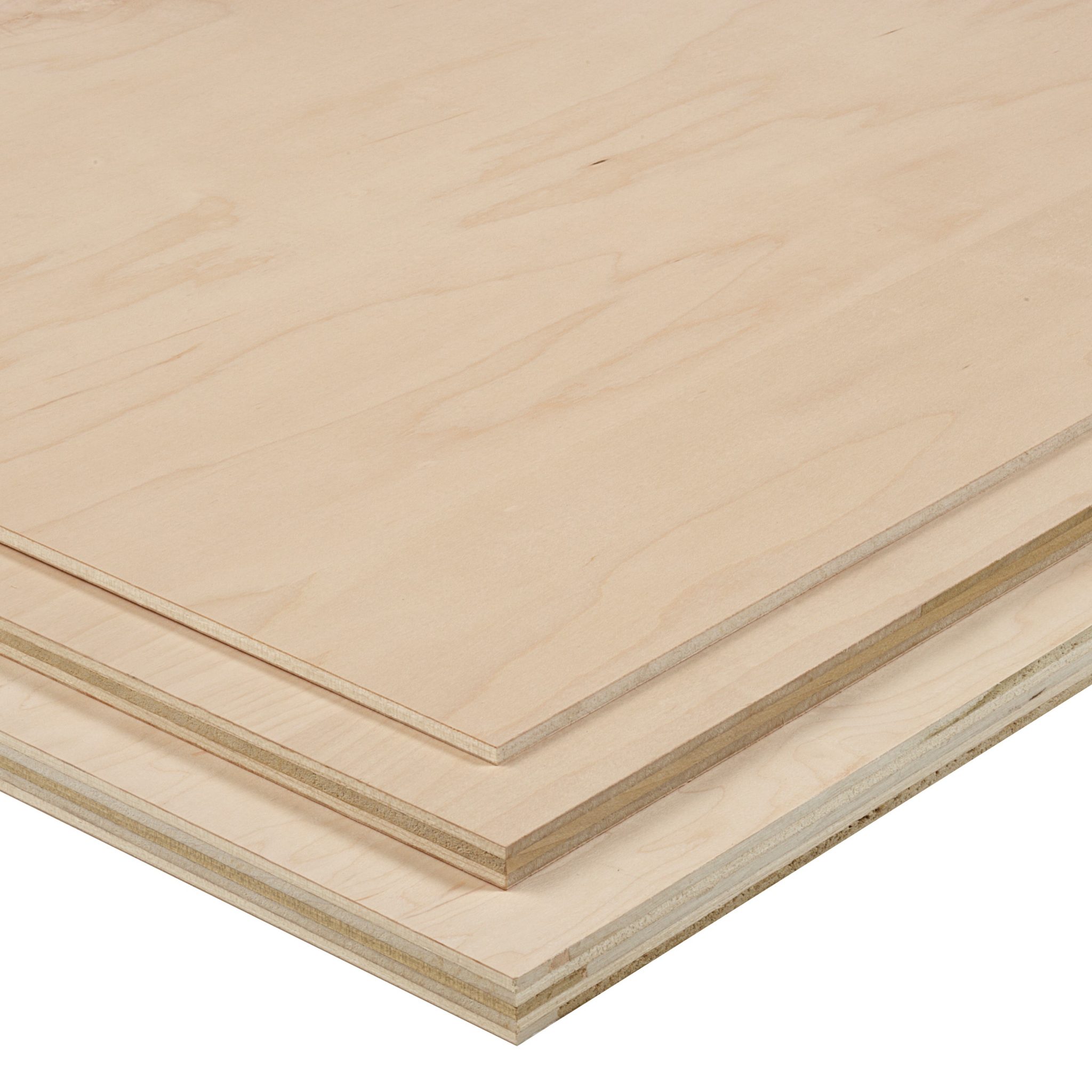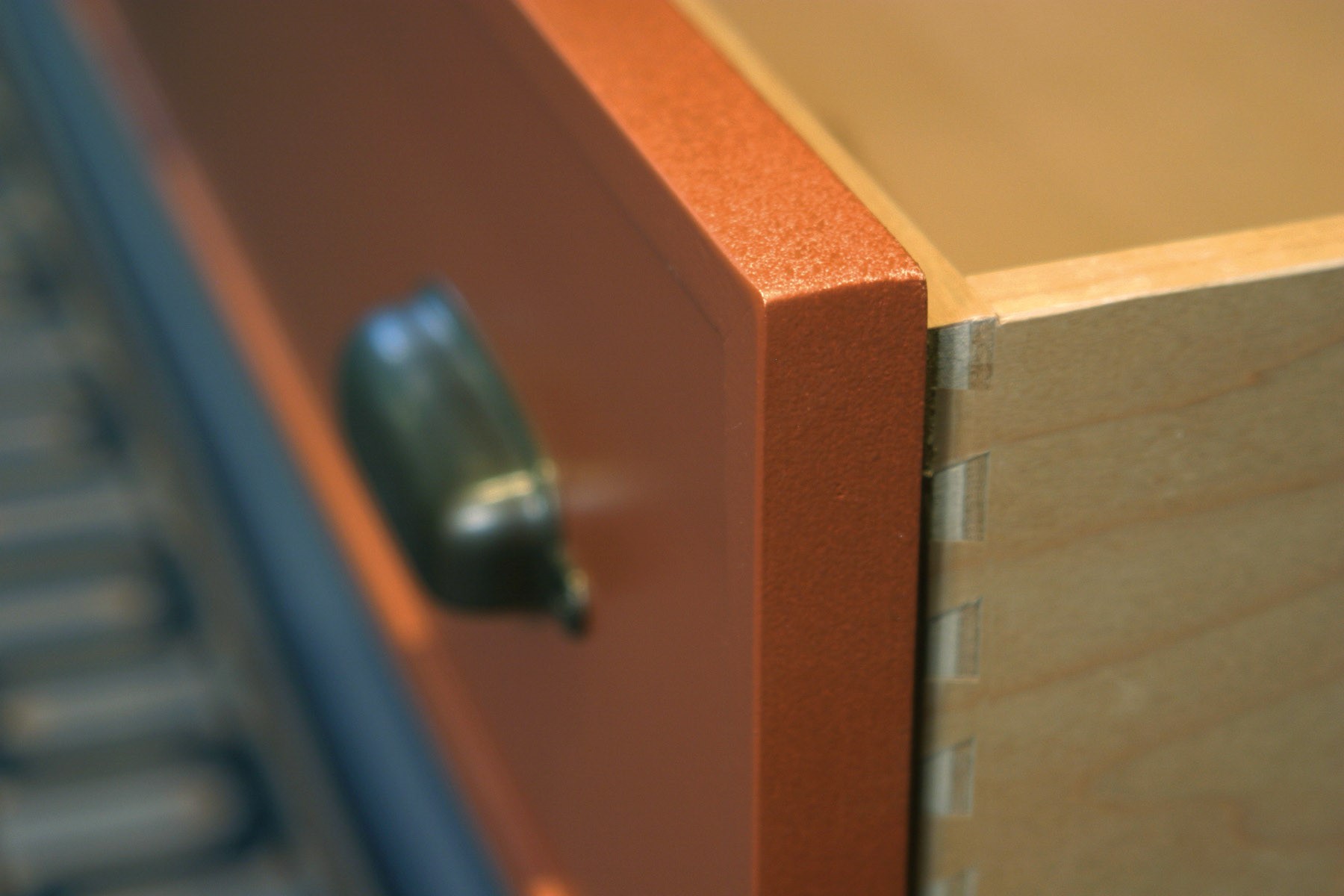Types of Plywood for Cabinet Construction: Best Plywood To Build Cabinets

Choosing the right plywood for cabinet construction is crucial for ensuring both the aesthetic appeal and the longevity of your project. The type of plywood you select will significantly impact the strength, durability, and overall cost of your cabinets. Several factors, including the intended use, budget, and desired finish, should guide your decision.
Best plywood to build cabinets – Different types of plywood offer varying properties, making some more suitable for specific applications than others. Understanding these differences is key to making an informed choice.
Plywood Types: A Comparison, Best plywood to build cabinets
The following table compares hardwood plywood, softwood plywood, and engineered wood products commonly used in cabinet making. Consider these factors when selecting the best option for your project.
| Type | Strength | Durability | Cost |
|---|---|---|---|
| Hardwood Plywood (e.g., Birch, Oak) | High; strong and stable | High; resists scratches and dents well | High |
| Softwood Plywood (e.g., Pine, Fir) | Moderate; less strong than hardwood | Moderate; susceptible to dents and scratches | Low to Moderate |
| Engineered Wood Products (e.g., MDF, Particleboard) | Moderate to High (MDF); Low (Particleboard) | Moderate to Low (depending on finish and type) | Low to Moderate |
Baltic Birch, Marine-Grade, and Melamine-Faced Plywood: Advantages and Disadvantages
Specific plywood types offer unique advantages and disadvantages for cabinet construction. Understanding these nuances is crucial for selecting the optimal material for your needs.
- Baltic Birch Plywood:
- Advantages: Extremely strong and stable, smooth surface ideal for painting or staining, consistent quality.
- Disadvantages: Relatively expensive compared to other options.
- Marine-Grade Plywood:
- Advantages: Highly water-resistant, ideal for humid environments, durable.
- Disadvantages: Can be more expensive than standard plywood, may not be aesthetically pleasing for all applications.
- Melamine-Faced Plywood:
- Advantages: Durable surface, resistant to scratches and stains, relatively inexpensive.
- Disadvantages: Can chip or break if impacted, limited finish options, less aesthetically versatile than hardwood plywood.
Plywood Core Construction: Impact on Cabinet Strength and Longevity
The core construction of plywood significantly influences its overall strength, moisture resistance, and cost. Understanding these differences helps in selecting the appropriate material for your project’s demands.
| Core Type | Strength | Moisture Resistance | Cost |
|---|---|---|---|
| Solid Wood Veneer | High | Moderate | High |
| Particleboard | Low to Moderate | Low | Low |
| Medium-Density Fiberboard (MDF) | Moderate to High | Low | Moderate |
Factors Influencing Plywood Selection for Cabinets
Choosing the right plywood for your cabinets is crucial for both their longevity and aesthetic appeal. Several factors must be considered beyond simply the type of plywood, including the intended use of the cabinets, desired thickness and panel size, the chosen finish, and the environmental conditions where the cabinets will be installed. Careful consideration of these factors will ensure a successful and durable cabinet project.
Cabinet Application and Suitable Plywood Types
The intended location and use of the cabinets significantly impact plywood selection. Kitchen cabinets, for example, experience higher humidity and more frequent cleaning than those in a bedroom. Bathrooms require plywood with exceptional moisture resistance. For kitchen cabinets, a highly durable and water-resistant plywood like marine-grade plywood or a high-quality exterior-grade plywood with a melamine or phenolic resin finish is recommended. These plywoods offer superior resistance to moisture and wear. For bathrooms, marine-grade plywood is the ideal choice due to its exceptional water resistance. For less demanding applications like bedroom or living room cabinets, standard interior-grade plywood might suffice, though a higher-quality option is always preferable for enhanced durability.
Plywood Thickness, Panel Size, and Finish Considerations
Plywood thickness directly impacts the cabinet’s strength and stability. Thicker plywood (e.g., ¾ inch or 19mm) is generally preferred for face frames and cabinet boxes to ensure rigidity and prevent sagging, especially for larger cabinets or those holding heavier items. For cabinet doors, thinner plywood (½ inch or 12mm) might be sufficient, depending on the door design and size. Panel size is another critical factor; larger panels reduce the number of seams, leading to a cleaner, more professional look. However, larger panels can be more difficult to handle and may require specialized tools for cutting and installation. Finally, the finish significantly affects the cabinet’s durability and appearance. A high-quality finish protects the plywood from moisture, scratches, and stains, extending the cabinet’s lifespan. Options include paint, varnish, lacquer, or melamine.
Environmental Conditions and Plywood Performance
Environmental conditions, particularly humidity and temperature fluctuations, can significantly impact plywood performance. High humidity can cause plywood to swell, while low humidity can lead to shrinkage and cracking. Temperature extremes can also contribute to warping or delamination. To mitigate these issues, it is crucial to acclimate the plywood to the environment before installation, allowing it to adjust to the ambient temperature and humidity. Using a moisture meter to check the plywood’s moisture content before and after acclimation is recommended. Proper sealing and finishing of the plywood are also essential in protecting it from moisture and temperature changes. In high-humidity environments, the use of a moisture barrier behind the cabinet can provide added protection. In areas with significant temperature fluctuations, choosing a plywood species known for its stability, such as birch or maple, is advisable.
Working with Plywood for Cabinets

Constructing cabinets from plywood requires precision and attention to detail. Proper cutting, sanding, and finishing techniques are crucial for achieving a professional-looking and durable result. Furthermore, selecting the right joinery methods significantly impacts the strength and longevity of your cabinets. This section details essential techniques and considerations for working with plywood in cabinet making.
Plywood Cutting, Sanding, and Finishing
Careful preparation is key to a successful cabinet project. Precise cuts prevent frustrating gaps and misalignments, while proper sanding ensures a smooth surface for finishing. A well-executed finish protects the plywood and enhances its appearance.
- Cutting: Use a sharp blade in a circular saw, jigsaw, or table saw for clean, accurate cuts. For intricate cuts, a jigsaw is preferable. Always support the plywood adequately to prevent splintering, especially when cutting thinner sheets. Consider using a fine-toothed blade for cleaner cuts, especially on the face veneer. Pre-drilling pilot holes is essential before screwing into the plywood to avoid splitting.
- Sanding: Begin with coarser grit sandpaper (e.g., 80-100 grit) to remove any imperfections or saw marks. Gradually progress to finer grits (e.g., 120-220 grit) for a progressively smoother surface. Use a sanding block for even pressure and to avoid creating uneven sanding marks. Sand with the grain of the wood to avoid scratching the surface. Pay particular attention to edges and corners.
- Finishing: Apply a primer to seal the plywood and provide a better base for the topcoat. Allow the primer to dry completely before applying the chosen finish. Multiple thin coats are better than one thick coat to avoid runs and drips. Sand lightly between coats to ensure a smooth finish. Common finishes include paint, varnish, lacquer, or stain. Choose a finish appropriate for the intended use and environment of the cabinets.
Plywood Joinery Techniques
Strong joints are the backbone of any durable cabinet. Various methods exist, each offering advantages depending on the project’s complexity and desired aesthetic.
- Pocket Hole Joinery: This method uses a jig to drill angled holes, allowing screws to be countersunk, creating a strong and relatively invisible joint. Ideal for face frame cabinets and carcass construction. A visual representation would show a board with angled holes drilled into its edge, and another board with screws inserted into those holes, drawing the two boards together. The screws are partially hidden within the angled holes.
- Dowel Joinery: Dowels provide strong and aesthetically pleasing joints. Holes are drilled into mating pieces of plywood, and dowels are inserted to align and join them. Glue is used to secure the joint. A diagram would illustrate two pieces of plywood with matching holes drilled, with a cylindrical dowel fitting snugly within the holes. The dowel acts as a strong connector and alignment tool.
- Biscuit Joinery: Biscuits (thin, oval-shaped wood pieces) are inserted into slots cut into mating pieces of plywood. Glue is then applied, creating a strong and relatively quick joint. A diagram would show two pieces of plywood with slots cut into their edges, each slot housing a biscuit. Glue is used to secure the biscuit and join the two boards.
